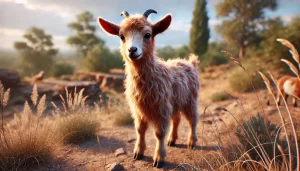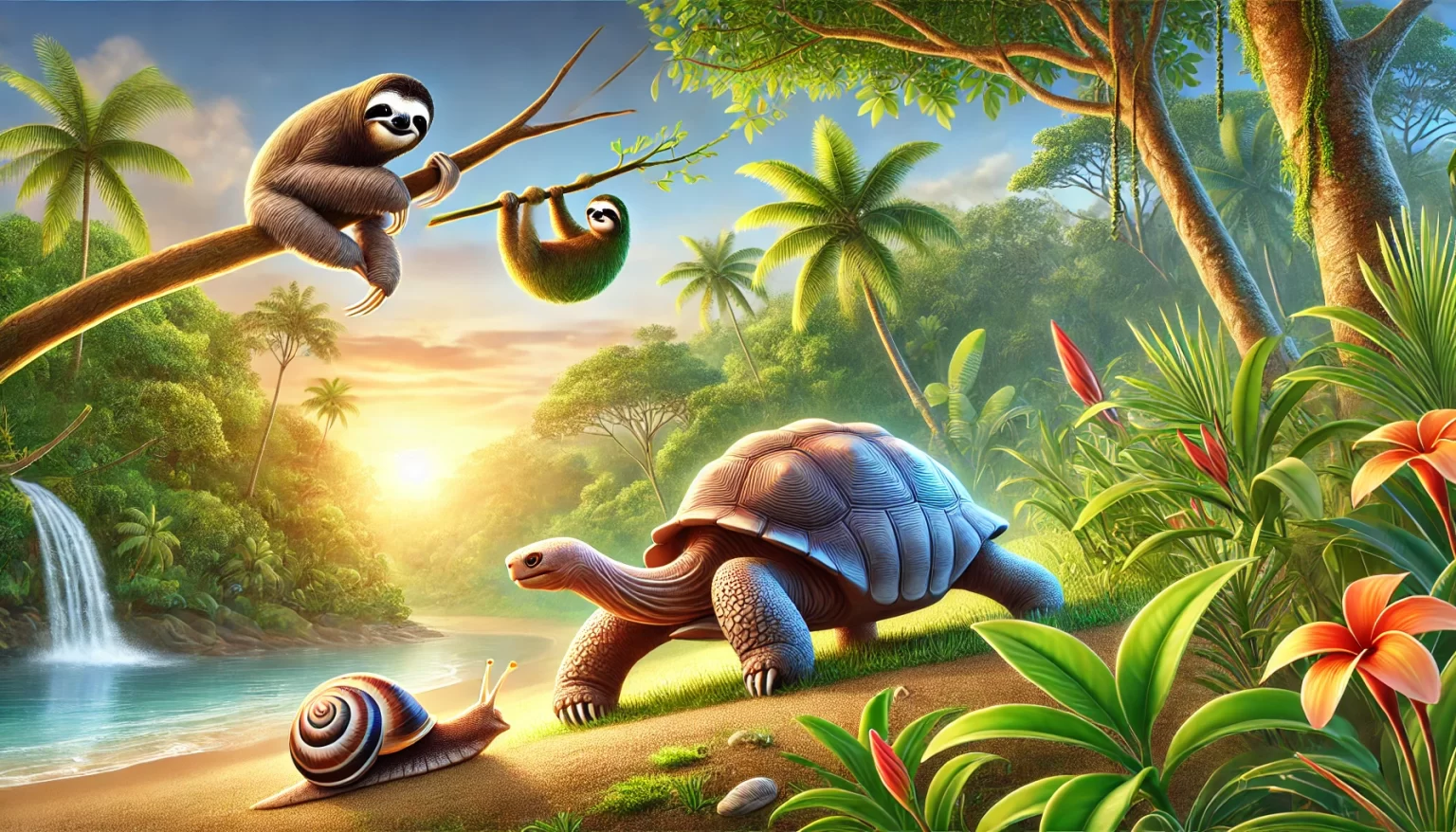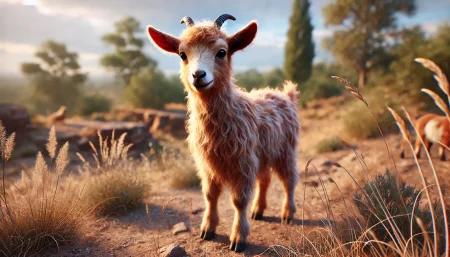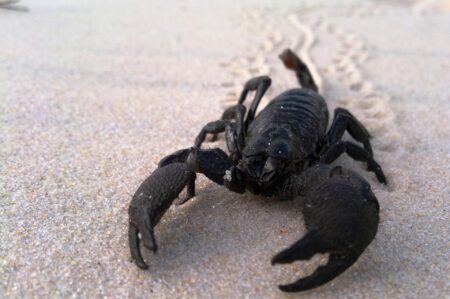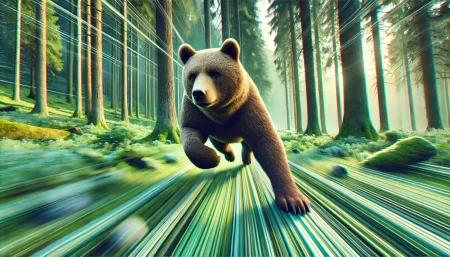In the vast tapestry of nature, where speed often reigns supreme, there exists a fascinating group of creatures that defy the rush. These are the world’s slowest animals, moving at a pace that seems to challenge the concept of motion. From the depths of tropical rainforests to the rocky outcrops of distant islands.
These living embodiments of leisure have adapted to thrive in their environments without the need for haste. Their unhurried existence isn’t just a curiosity; it’s a testament to the diverse strategies life employs to survive and flourish. This blog post’ll explore the eight slowest animals on Earth, delving into their unique characteristics and habitats.
and the evolutionary adaptations that have allowed them to perfect the art of slowing down. Readers can expect to discover intriguing facts about these languorous creatures, understand the science behind their sluggish movements, and gain a newfound appreciation for life in the slow lane.
Why Some Animals Walking Slow?
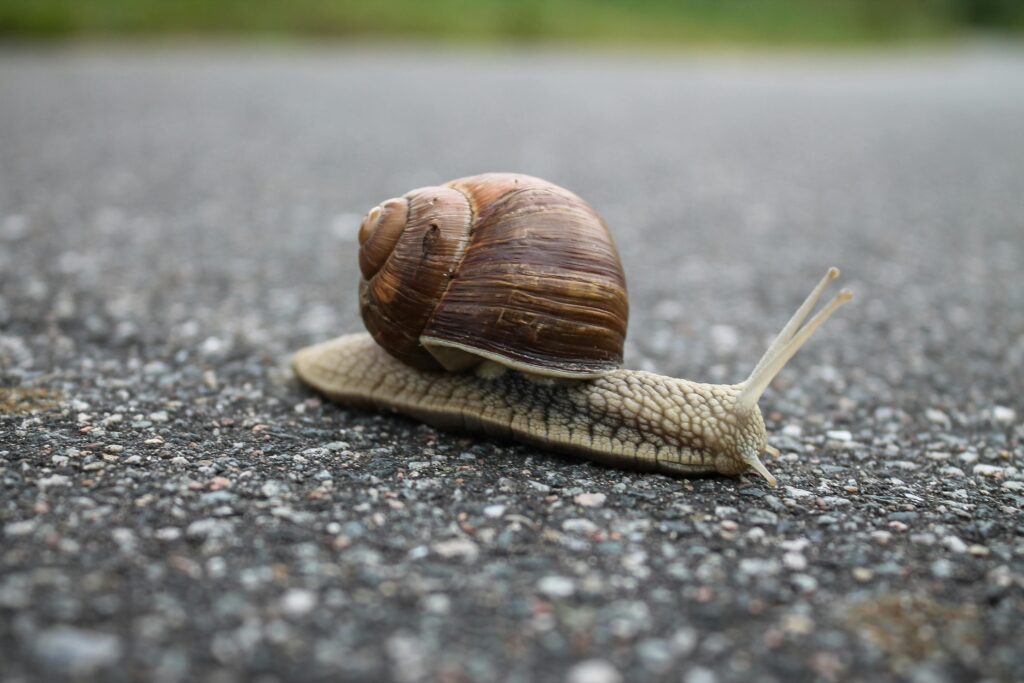
Some animals stroll as a survival strategy finely tuned by evolution. Take sloths, for instance, whose languid pace conserves energy in their nutrient-scarce forest habitat. Their deliberate movements help them blend into the foliage, evading predators that rely on detecting motion.
Similarly, tortoises amble deliberately, their armored shells discouraging haste. These deliberate strides ensure efficient resource use. Which is crucial in harsh environments where every calorie counts.
Slower movements facilitate accurate navigation in complex terrains, allowing precise foraging or escape. Nature’s patience is large in these creatures, revealing that the tortoise’s methodical approach often outpaces the hare’s hurried sprint in the animal kingdom.
8 Slowest Animals in the World

1. Giant Tortoise
The giant Galapagos tortoise is one of the most famous slowpokes. This massive reptile can live for 150 years or more. Found on the Galapagos Islands, it has fascinated scientists for centuries.
Charles Darwin studied these tortoises in 1835. He noted they seemed relatively quick, pacing 60 yards in 10 minutes. That’s 360 yards per hour. However, modern studies suggest a maximum speed of 1.2 miles per hour.
These tortoises have a slow metabolism. They spend most of their time grazing on grass and leaves. Their slow pace and long lifespan make them a symbol of endurance and patience.
2. Three-Toed Sloth
Three-toed sloths spend their days hanging from trees in Central and South America. They are incredibly slow, moving only about 1 foot per minute.
Sloths’ lethargy is due to their very low metabolic rate. They eat leaves and twigs, which provide minimal energy, and their slow movement helps them conserve energy.
Sloths have long arms but short shoulder blades. This anatomy allows them to reach far without moving much, saving energy. Algae often grow on their fur, providing camouflage in the trees.
3. Sea Anemone
Sea anemones are related to coral and jellyfish. There are over 1,000 species of these colorful underwater creatures. They attach themselves to surfaces like shells, rocks, and reefs using a foot called a pedal disc.
Sea anemones rarely move once anchored. When they do, their pace is about 4/10 of an inch per hour. Time-lapse photography captures their slow movements. They typically move to avoid predators or in response to unfavorable conditions.
Sea anemones use their tentacles to catch prey. They have a slow, deliberate way of life, waiting patiently for food to come to them.
4. Banana Slug
Banana slugs are bright yellow and can be found in damp, forested areas of North America. They are incredibly slow, covering only 6.5 inches in 120 minutes, or about 3.25 inches per hour.
Banana slugs move using a single muscular foot. Glands on this foot secrete mucus, which absorbs water to form slime. This slime helps them glide over surfaces.
They also have a mucus plug at the end of their tail. This plug can turn into a slime “bungee cord,” allowing them to rappel down from high places. Their slow, slimy crawl helps them avoid predators and conserve energy.
5. Garden Snail
Garden snails are common in gardens worldwide. Their flat, muscular foot propels them along. Snails release mucus to reduce friction, leaving a slimy trail behind.
Their top speed is 1/2 inch per second, but they often move much slower. Garden snails eat plants, making them a gardener’s nuisance.
These snails have a hard shell for protection. They retreat into their shell when threatened. Despite their slow pace, they can travel surprisingly far for food.
6. Slow Loris
The slow loris is a small, nocturnal primate found in Southeast Asia. They move slowly and deliberately through the trees. However, when hunting, they can strike with lightning speed.
Slow lorises are unique among primates because they are venomous. They have toxins in their saliva and glands on their elbows. They use this venom to defend against predators and catch prey.
Their slow movements help them stay unnoticed by predators. They blend into their surroundings, making them hard to spot.
7. Starfish
Starfish, or sea stars, have a hard top surface and many tiny tube feet underneath. These tube feet help them move and grasp surfaces. An adult sunflower sea star can move about one yard per minute.
Starfish are slow but efficient movers. They use their tube feet to pull themselves along. They are found in various ocean habitats, from shallow reefs to deep sea floors.
Starfish are known for their ability to regenerate lost limbs. Their slow, steady pace and resilience make them fascinating creatures.
8. Manatee
Manatees, also known as sea cows, are gentle giants of the ocean. They can reach up to 13 feet long and weigh as much as 3,500 pounds. Despite their size, they move slowly, usually a couple of miles per hour.
Manatees spend most of their time grazing on underwater vegetation. They often float in shallow water, basking in the sun.
These mammals can swim faster if needed, reaching up to 20 miles per hour. However, they rarely do so. Manatees have no true predators. Their biggest threat is humans, but conservation efforts have helped protect them.
Conclusion
Our journey through the world of nature’s most unhurried creatures reveals a fascinating aspect of biodiversity. These eight slowest animals, from the languorous sloth to the deliberate giant tortoise, remind us that survival doesn’t always favor the swift.
Their unique adaptations and lifestyles challenge our perceptions of success in the animal kingdom, showcasing how different evolutionary strategies can lead to thriving species. As we reflect on these remarkable beings, we’re reminded of the importance of preserving diverse habitats that allow such specialized creatures to flourish.
Their existence is a gentle reminder to sometimes slow down in our fast-paced lives and appreciate the beauty in taking things at a more measured pace. By understanding and protecting these slow-moving marvels, we gain valuable insights into the complex tapestry of life on Earth and the myriad ways in which animals have adapted to their environments.


